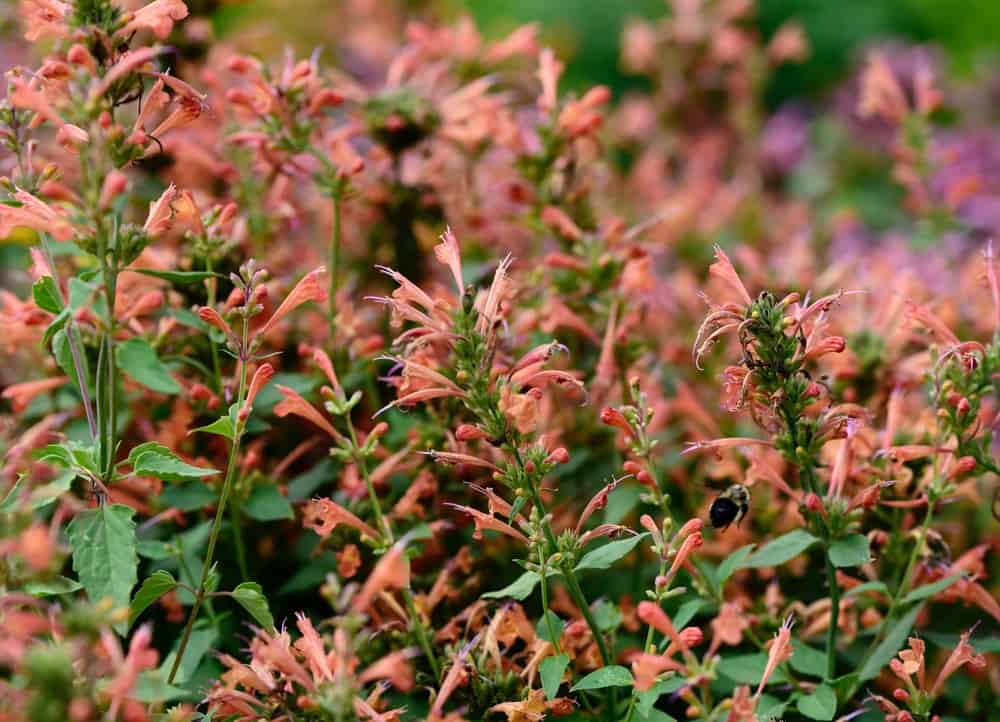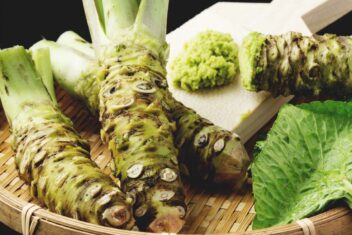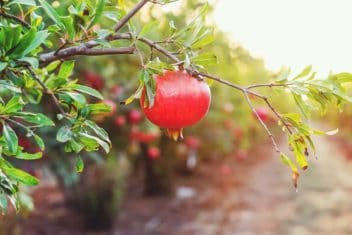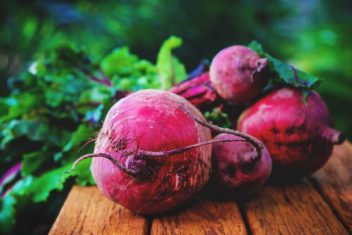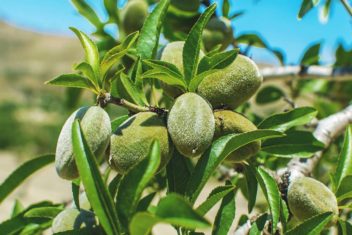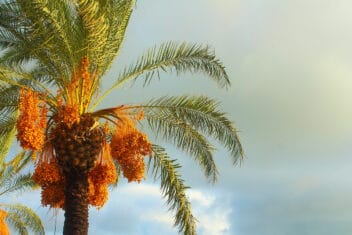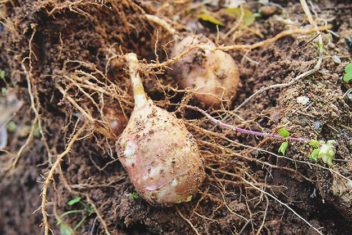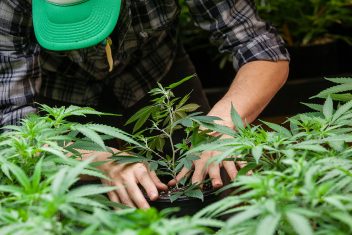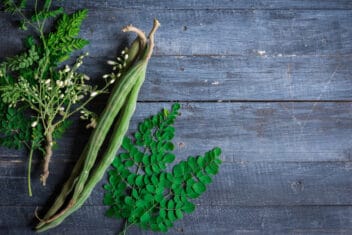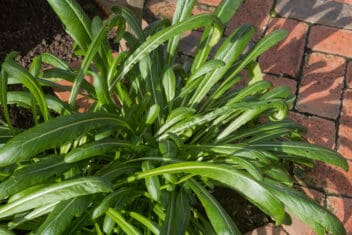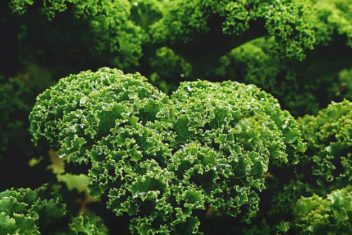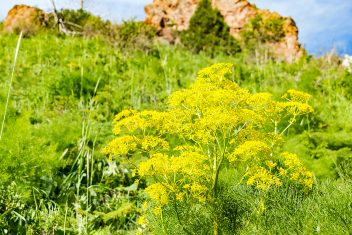If you’re cultivating a pollinator garden or growing herbs for food, medicine, or home goods, be sure to add Agastache plants. These stunning members of the mint family are absolutely adored by bees and butterflies and are invaluable for the home apothecary cabinet as well.
Growing agastache couldn’t be easier. It reseeds happily and takes hardly any maintenance to keep it looking and tasting its best.
Here’s how to nurture it properly.
What is Agastache? (And How do You Pronounce It?)
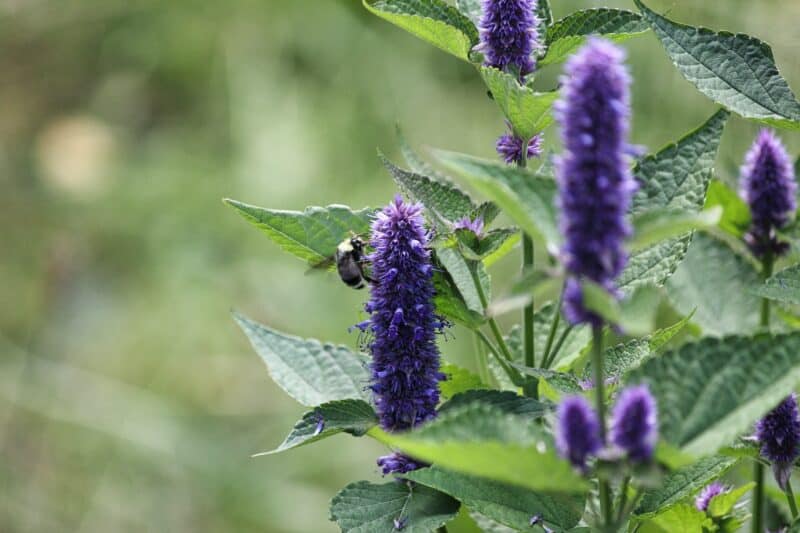
As mentioned above, Agastache is a genus in the mint (Lamiaceae) family. Specifically, most people are talking about Agastache aurantiaca when they talk about Agastache.
They’re hardy herbaceous perennials native to North America, and from personal experience, they spread abundantly and return reliably every summer.
You may have also heard them referred to by common names such as “hummingbird mint” or “anise hyssop,” depending on the cultivar.
These plants have been used both decoratively, as food, and medicinally. Since they’re so beloved by pollinating insects, they’re invaluable for cultivating alongside fruit and vegetable plants.
Most people are familiar with the -ache suffix sounding like the end of “moustache” or “toothache.” In contrast, Agastache is pronounced “A-GAH-stah-key.” Think of it as rhyming a bit with “catastrophe.”
You can find cultivars in various shades of blue, purple, pink, and red. They all smell incredible but draw different pollinators. For example, the blue and purple ones are more attractive to bees and butterflies, whereas the red and pink varieties attract more hummingbirds.
How to Plant Agastache
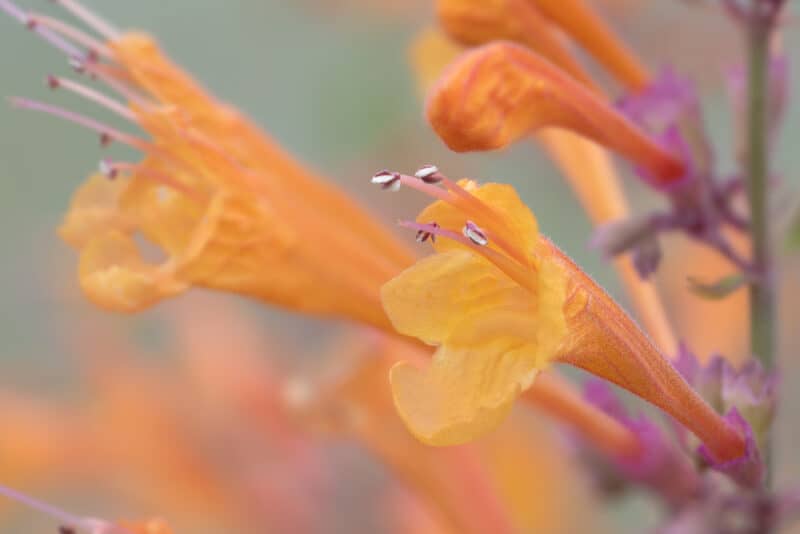
The planting method will depend on whether you’re growing Agastache from seed or if you picked up some seedlings from a local nursery.
If you’re growing from seed, wait until the last frost date has passed. Then, rake the soil’s surface and scatter the seed evenly. Cover with 1/4 inch of potting soil, and water lightly. Keep the soil lightly moist, and you should start to see sprouts within about a week.
If you bought seedlings from a garden center, wait until after the last frost date. On a warm, sunny day, dig a hole in your soil that’s a bit larger than the seedling’s root ball. Add in some aged compost, and release the seedling from its container.
“Tickle” the roots a bit to spread them out and nestle them gently into the hole. Add more potting soil around the seedling and pat it down firmly. Then water it in and let the sunshine do its thing.
Caring for Agastache
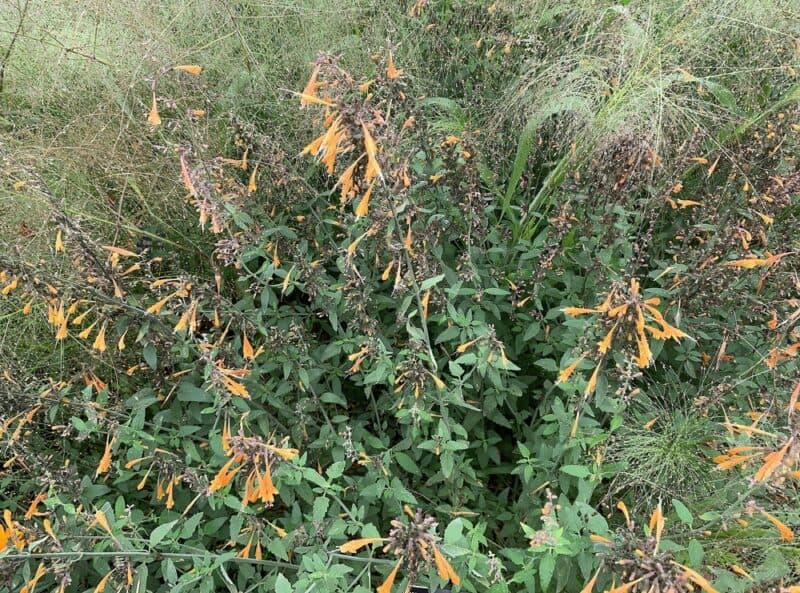
This section could be really tiny. Growing agastache is that easy.
Soil and Sun Requirements
Agastache needs well-draining, neutral soil to thrive. It’ll be okay if your soil is slightly alkaline but won’t do well in an acidic environment. Be sure to test your soil before planting, and amend with lime to get the pH as neutral as possible.
Work some well-aged manure or compost into the soil if your soil is slightly depleted before planting.
Note that Agastache won’t flourish in overly fertile soil. This trait is shared by many “cottage garden” plants, including yarrow, black-eyed Susans, various sages, and mullein.
In terms of light, these plants love to get plenty of sunshine. Aim to plant yours in some of the sunniest spots on the property, and you’ll see how well they flourish.
Watering and Feeding
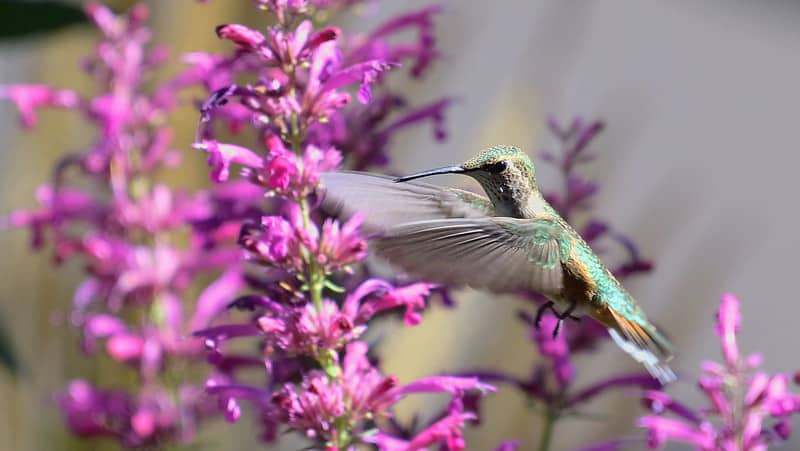
Once the seeds have sprouted, you’ll want to allow the plants to thrive in the desert-like conditions they’re best suited to. This means not watering them too often, or else they’ll fail to thrive.
Offer them a heavy, deep drink once a week, and allow the soil around them to dry out a fair bit in between waterings. Try to water at soil level to avoid powdery mildew or similar mold-like issues on the leaves.
As mentioned earlier, Agastache won’t thrive in overly rich, fertile soils. As such, you don’t need to feed these plants at all. The natural decomposition of small insects and other plant roots in the surrounding soils should give them the necessary nutrients.
Other than that, you can pretty much let happily growing Agastache do its things.
Potential Problems When Growing Agastache
Although Agastache species are hardy perennials, they can suffer in USDA Growing Zones 3 and below. The severe winters can cut these plants’ lives short. To help protect them and extend their lives, cover their beds in mulch after you’ve harvested their aerial parts. This should help to insulate them over the severe winter months.
Regarding predation, Agastache is deer- and rabbit-resistant, though some herbivores might take a shine to them. The only insects that may take up residence are aphids and spider mites, both of which can be taken care of with neem oil or organic insecticidal soap.
The main issue these plants can suffer from is root rot from poor drainage or overwatering. Avoid planting in areas where water might accumulate, and don’t water your plants if there’s been a lot of rain recently. Remember that they’re primarily desert species, so they won’t thrive in damp conditions.
If you’re growing Agastache in the right conditions, the chances of problems are low.
Harvesting and Storage
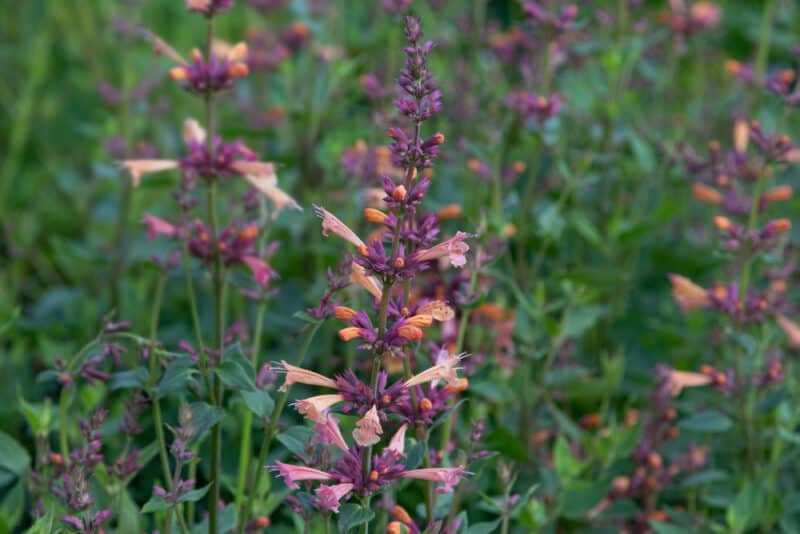
Use a clean pair of garden snips to cut the stem about four inches above soil level. Gather a few stems together, wrap them well with string, and hang them upside-down in a warm, dry location, away from direct sunlight.
Test the dryness after about three weeks by rubbing a leaf between your fingers. If it crumbles to powder, it’s ready. If not, let it dry out a bit more.
Alternatively, you can dry the leaves and flowers in a food dehydrator. Spread them out on the screens with room for air circulation, and dry at 160°F for about eight hours.
Test the leaves at that point to see if they crumble, and if not, continue to dehydrate them at two-hour intervals until they turn to powder when rubbed.
Transfer the dry leaves and flowers to a sterilized, dry glass jar with a lid. Store in a dark cupboard until you’re ready to use it.
Medicinal Uses
People have been growing agastache like anise hyssop (A. foeniculum) medicinally for thousands of years. It has anti-viral, antibacterial, and anti-inflammatory properties, as well as being a gentle carminative (gas reliever) and mild sedative.
A hot infusion of its leaves and flowers can induce sweating, which may help to alleviate fever. It can also be effective as a chest decongestant, and in calming frayed, anxious nerves.
Slightly cooled tea can be used to alleviate nausea—in traditional Chinese medicine (TCM) A. rugosa is known as huòxiāng ( 藿香) and is used to ease vomiting, nausea, and lessened appetite, as well as cholera symptoms, and cramping from food poisoning or allergies.
This tea also has some veterinary applications: I’ve used this tea to alleviate gas and GI slowdowns in my rabbit companion.
A. aurantiaca has been shown to have antioxidant effects when eaten in a study published in the journal Molecules.
Its anti-inflammatory properties are effective as well. I’ve used a poultice of its fresh leaves to treat second-degree burns on my arms, and a similar poultice to reduce swelling and itching my partner experienced after a deerfly bite.
This herb definitely has a place in my top 20 medicinal plants list. If you’re stocking a home herbal apothecary cabinet, you might want to add a few Agastache species for good measure.
Additional Notes
Standard caveat: check in with a health provider or herbalist before using any plants medicinally. What’s healing to one person may damage another, especially if the herb is contraindicated with a pharmaceutical medicine or if someone has allergies.
For example, if someone has had allergic reactions to other Lamiaceae family members, such as peppermint, oregano, basil, or lavender, they may also react badly to Agastache.
As a side note, this plant’s pleasant licorice-mint scent makes it an excellent addition to potpourri or aromatherapy sachets. Try mixing it with rose petals, lavender, and chamomile, pour that mixture into a muslin bag, and leave it on your pillow during the day. The scents left behind may help relax you and help you sleep more soundly.
